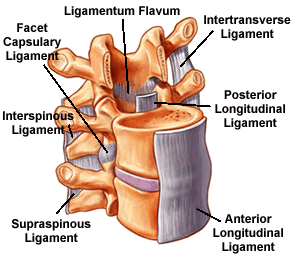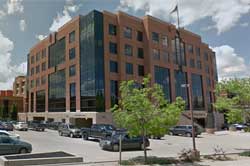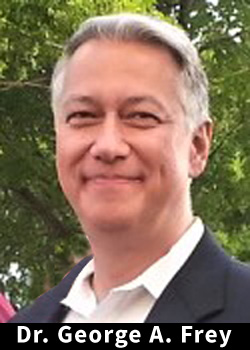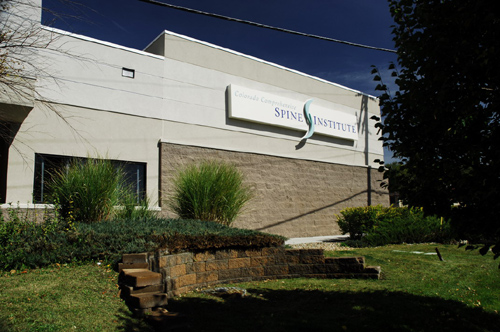Locations

Fax: (303) 762-9292

Explaining Spinal Disorders: Low Back Sprains and Strains
Low back pain is one of the most common medical complaints. Although spinal stenosis, a herniated disc, or other conditions may cause low back pain, sprain or strain is the most common diagnosis.
A common cause of a sprain or strain is excessive physical demand on the spine’s ligaments or muscles. Although pain can be severe, and even temporarily disabling, most low back sprains and strains are easy to treat and do not require spine surgery.
How Low Back Sprains and Strains Occur
The low back (lumbar spine) is the body’s primary weight-bearing structure. The lumbar spine’s large vertebral bodies and inward curve (lordosis) make it uniquely designed to carry and distribute stress during movement and at rest.
Sprains and strains are soft tissue injuries. Soft tissues include tendons, ligaments, and muscles. Sprains are limited to tendons and ligaments, whereas strains affect muscles. Injury can occur when these tissues are stretched beyond their normal limits. Such as:
- Excessive flexion (bending forward)
- Excessive extension (bending backward)
- Excessive force to the spine (i.e. lifting or carrying a heavy object)

Symptoms
Symptoms include sharp pain, pain with movement, difficulty moving, swelling, and stiffness. Initially, pain may be so severe you fear something has broken.
Diagnosis
Our comprehensive diagnostic process includes:
- Medical history. Your doctor talks to you about your symptoms, their severity, and what treatments you have already tried.
- Physical examination. You are carefully examined for movement limitations (range of motion), balance problems, and pain. During the exam, the doctor evaluates loss of extremity reflexes, muscle weakness, loss of sensation, or other signs of a neurological problem.
- Diagnostic tests. If needed, a plain x-ray is obtained to rule out other problems, such as a spinal fracture.
Nonoperative Treatment
Rarely is spine surgery necessary to treat a sprain or strain. A short-term course of medication to relieve pain and muscle spasm with physical therapy is standard. Medication may include an anti-inflammatory, muscle relaxant, and pain killer (non-narcotic, or narcotic). A narcotic may be prescribed if pain is acute, or a non-narcotic does not relieve pain.
Your physical therapy program may include inactive treatment such as ultrasound, massage, heat or ice packs, or electrical stimulation. These therapies help to reduce inflammation, muscle spasm, and pain while increasing circulation and healing time. Therapeutic exercise combines stretching and strengthening movements along with a home exercise program.
Other treatment options include chiropractic and acupuncture.
Prevention Steps
During physical therapy, you learn basic body mechanics, posture pointers, and ergonomic tips to use at rest and during movement to prevent sprain and strain.
Eating a well-balanced diet of nutritious foods will help you maintain, or work toward, a healthy body weight. If you are overweight, consider weight loss to reduce the load your low back must handle.
Reminder
Keep in mind that not every episode of back pain is a sprain or strain. If back pain is acute, persistent, or worsens, talk to your doctor.









